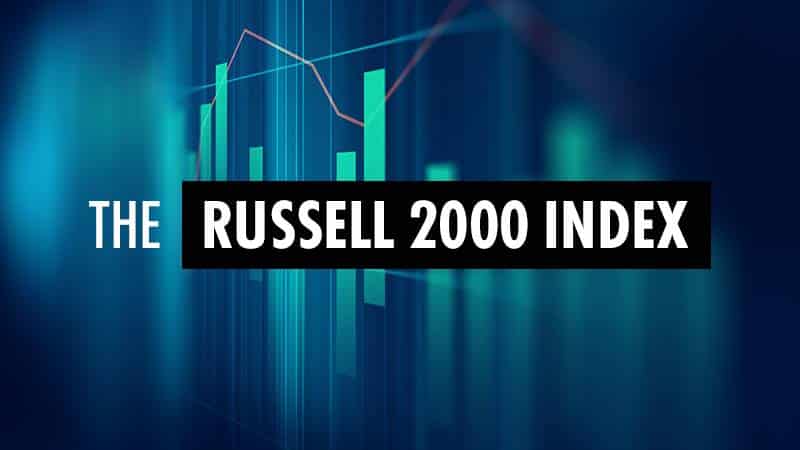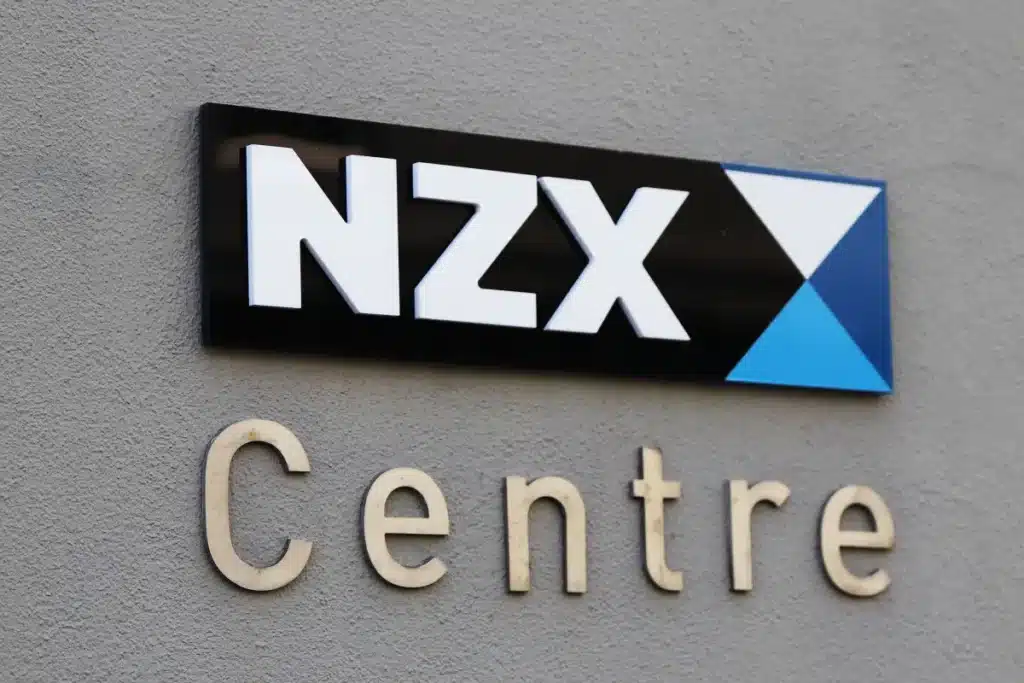Market Update: Israel-Iran Conflict, Retail Sales, and BOJ Decisions Take Center Stage
This week’s markets are abuzz with several key events that could potentially sway investor sentiment and market movements. Let’s dive into the latest developments and their implications.
Tensions Rise with Israel-Iran Conflict
Global markets are currently under pressure as geopolitical tensions between Israel and Iran escalate. Investors are cautiously watching the unfolding events as both nations exchange airstrikes, creating a ripple of unease across global financial markets. This conflict is not isolated, and any prolonged tension could significantly impact market volatility. Historically, geopolitical unrest has the potential to drive up prices in sectors like defense and energy while causing uncertainty in broader indices.
The White House is reportedly seeking avenues to mediate and encourage a truce, aiming to de-escalate the situation as quickly as possible. Meanwhile, investors are adopting a wait-and-see approach, focusing on risk management strategies to safeguard their portfolios amidst the current unpredictability.
US Retail Sales: A Key Economic Indicator
Amidst these geopolitical tensions, the spotlight also falls on the latest U.S. retail sales data. This figure is a crucial barometer of consumer spending, which constitutes a significant chunk of economic activity in the United States. Retail sales numbers provide insights into the strength of the economy and could potentially shift investor sentiment either positively or negatively.
A stronger-than-expected retail sales report could signal a robust consumer base, pushing equities higher. On the other hand, weaker sales could lead to concerns about the economic outlook, potentially weighing down stock market performance.
Bank of Japan’s Monetary Policy Decision
Across the Pacific, the Bank of Japan (BOJ) is in the spotlight with its impending monetary policy decision. The central bank’s stance is closely monitored not just by local markets but globally, as it reflects on the broader economic climate across Asia. Any shifts in policy, such as interest rate adjustments or changes in the quantitative easing program, could have significant ramifications for investor sentiment and market directions, especially in Asian markets.
Market analysts are speculating whether the BOJ will maintain its current policies or if signs of economic recovery will prompt a policy shift. How the BOJ navigates this period of economic uncertainty will be crucial in determining the movement of forex markets and investor confidence worldwide.
Navigating These Market Movers
For investors, the current mix of geopolitical tensions, economic indicators, and central bank actions presents a complex landscape. It’s crucial to stay informed and adaptable in this environment. Keeping an eye on these key events and understanding their potential impact can help investors make informed decisions, truly leveraging their positions in what remains a volatile and dynamic market.
Remember, while short-term market movements can be influenced by events such as these, maintaining a long-term perspective and focusing on fundamental analysis can help shade your investing strategy with resilience and foresight.
Today’s Top Analysis
If you’re looking to understand the current market trends and how they might affect your investment decisions, you’re in the right place. With so much happening in the financial world, it’s essential to keep tabs on expert analyses to better navigate the complex landscape of stock trading. Today, we delve into some of the critical market analyses highlighting pertinent topics from the potential movements in the S&P 500 to insights on currency trading. Let’s break down these topics to illuminate potential paths and strategies for savvy investors.
S&P 500 Faces Critical Retest as Volatility Expands
Amidst the backdrop of increasing market volatility, the S&P 500 is facing a critical retest. This index, which represents the performance of 500 leading publicly traded companies in the U.S., is a cornerstone for many investors. With current market conditions marked by unpredictability, due to geopolitical tensions and domestic economic policies, the S&P 500’s movements are crucial to watch. Investors should be prepared for potential sharp swings and consider strategies that manage and mitigate risk during this period of heightened uncertainty.
EUR/USD: How to Trade the Pair with Fed Decision Imminent
The currency markets are buzzing with anticipation as the Federal Reserve’s decision on interest rates is imminent. The EUR/USD pair, one of the most traded currency pairs globally, may see significant movements depending on the Fed’s actions. Whether you’re a seasoned forex trader or just beginning to explore currency trading, it’s crucial to understand how interest rate decisions can impact currency valuations. A hike or cut in rates could lead to shifts in exchange rates, affecting cross-border trade and investment flows. Staying informed and ready to act on these market cues will be essential.
Fed Meets This Week on Rates: Is a Move on the Table?
The financial community is keenly watching the Federal Reserve, which is holding its meeting this week to deliberate on monetary policy adjustments. Any announcement regarding rate changes can have profound effects on various markets, including stocks, bonds, and forex. A decision to alter interest rates is often indicative of the Fed’s assessment of the economy’s health and can either stimulate or cool down economic activity. Investors should consider how potential rate changes could affect their portfolios and make informed decisions on asset allocation.
USD/CHF Forecast: Fed Signals Could Tip SNB Into Negative Rates
Another important analysis to consider is the forecast for the USD/CHF currency pair. The dynamics between the U.S. dollar and the Swiss franc are particularly intriguing, given the Fed’s signals and how they might influence the Swiss National Bank’s (SNB) policies. Should the Fed’s actions hint at aggressive monetary tightening, this could pressure the SNB into adjusting its rates, potentially dipping into negative territory. For investors, understanding the implications of these moves is crucial, especially if you’re engaged in currency trading or have investments tied to global interest rate trends.
Agricultural Commodities: Where’s the Deflation in This?
Lastly, agricultural commodities remain a focal point for many investors pondering the elusive nature of deflation in this sector. With challenges such as climate change, geopolitical tensions, and supply chain disruptions, prices of essential commodities like wheat, corn, and soybeans have shown resistance to deflationary pressures. Investors with exposure to agricultural markets should stay updated on production forecasts, demand trends, and policy changes that could influence commodity pricing. Diversifying portfolios with a mix of equities and commodities may offer a hedge against market volatility.
These analyses provide a glimpse into the complex world of financial markets, offering varied opportunities and challenges for investors. By staying informed and adapting strategies based on expert insights, you can better position yourself for success in the ever-evolving landscape of stock and currency trading.
Breaking Down Today’s Top News
The financial landscape can be greatly impacted by geopolitical events, economic data releases, and market predictions. Here, we will discuss the key news events influencing the market today to help you navigate your investment decisions.
U.S. Stock Futures and Middle East Tensions
The current geopolitical climate is marked by heightened tensions in the Middle East, particularly between Israel and Iran. These tensions have led to a decrease in U.S. stock futures as investors weigh the potential economic ramifications of continued unrest. The possibility of a truce remains, offering a glimmer of hope that markets might stabilize. For investors, this situation underscores the importance of staying informed about international conflicts since they can have significant ripple effects on global markets.
Federal Reserve Meeting and Retail Sales Data
Anticipation around the upcoming Federal Reserve (Fed) meeting and the release of retail sales figures are key focal points for investors. The decisions made during Fed meetings often influence interest rates, impacting borrowing costs and economic activity. Retail sales data, on the other hand, offers insights into consumer spending—a critical indicator of economic health. Investors should pay close attention to these developments as they can hint at future economic directions and influence market sentiment.
Gold Prices and Global Unrest
Gold prices are holding steady below $3,400 per ounce amid global uncertainties, including the situation between the U.S. and Iran. Historically, gold is seen as a “safe haven” asset in times of geopolitical conflict. As tensions rise, investors may flock to gold as a way to preserve value, often pushing prices higher. Understanding these market dynamics can help investors make educated decisions about adding commodities such as gold to their portfolios during turbulent times.
Bitcoin’s Recovery and Crypto Market Dynamics
Bitcoin prices have rebounded, crossing the $107,000 mark, driven primarily by geopolitical tension and the anticipation of the Fed meeting. The cryptocurrency market often moves in response to wider economic indicators and geopolitical news, highlighting its volatility. For seasoned crypto traders, such fluctuations might present opportunities. However, newcomers should approach with caution and make sure they’re informed about the inherent risks involved in this unpredictable market.
Stock Valuations and Corporate Forecasts
The recent boost in Nvidia’s target price by Barclays to $200 underscores the importance of analyzing supply chain dynamics and corporate forecasts in stock valuation. A positive shift in Nvidia’s prospects suggests that favorable supply chain conditions could drive increased productivity and profitability. For investors, keeping an eye on how supply chains affect company stocks is crucial, as these factors can provide significant insights into potential future gains.
In summary, today’s market headlines underline the complexity and interconnectedness of global events and economic indicators. Whether it’s analyzing geopolitical developments, economic data, or company forecasts, staying informed and adaptable is key. At Learn by Rose, we aim to provide our readers with the insights needed to navigate such market shifts with confidence.








